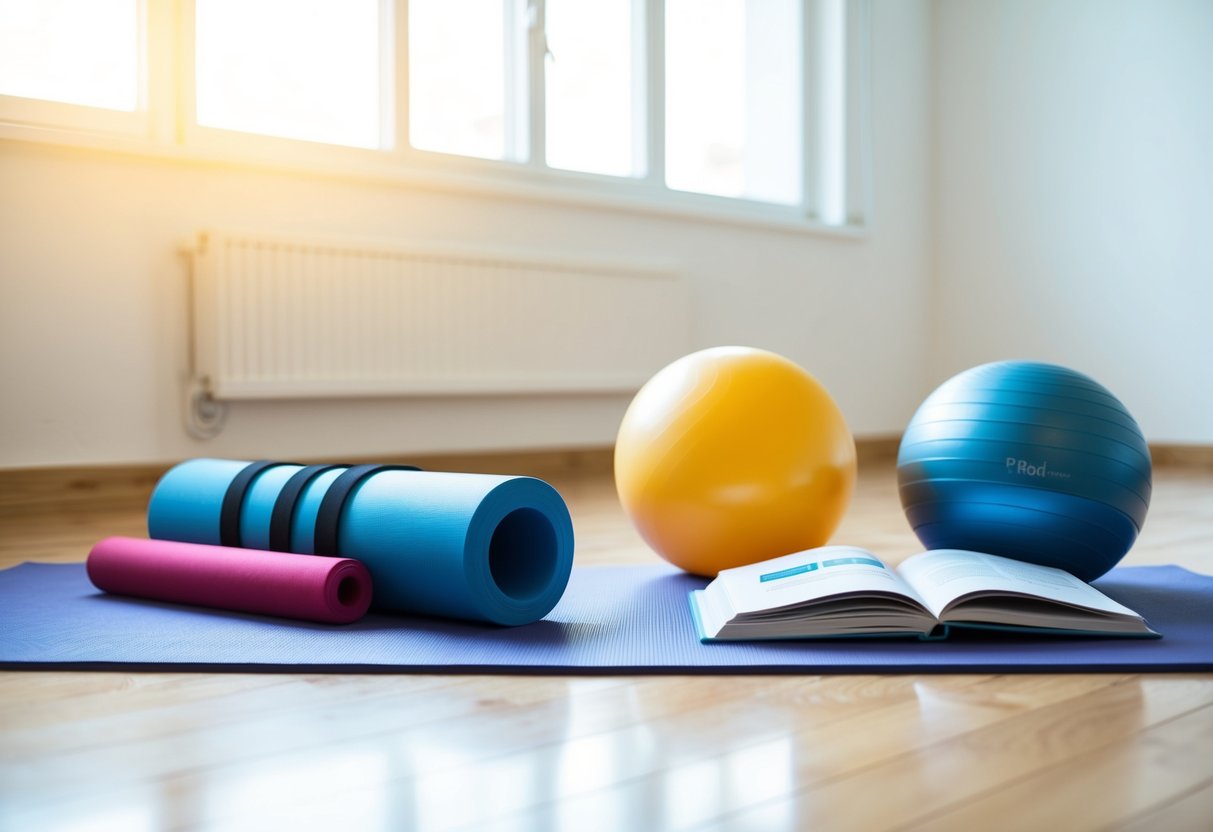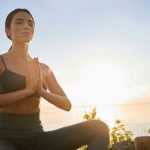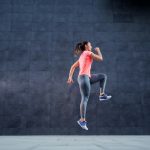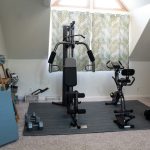Pilates Principles: DIY Home Routines for Core Strength and Flexibility
Essential Pilates Equipment

Selecting the right equipment for Pilates can significantly enhance the effectiveness of workouts, fostering core strength and flexibility. While beginners may start with simpler tools, advanced practitioners often incorporate specialized equipment to deepen their practice.
Getting Started with Basics
For those new to Pilates, a few key items can help create a solid foundation. A high-quality Pilates mat is essential, providing comfort and support during exercises. It’s important for the mat to offer adequate cushioning while ensuring stability on the floor. A Pilates ring, also known as a magic circle, adds moderate resistance to exercises, helping improve muscle tone, especially in the arms and thighs.
Light hand weights and resistance bands can be introduced for strength training purposes. While resistance bands come in various levels of tension, beginners should start with light or medium resistance to ensure control and proper form. A small exercise ball is another versatile tool that aids balance and core engagement, enhancing the effectiveness of workouts.
Advanced Equipment for Experienced Practitioners
More experienced Pilates participants might find advanced equipment beneficial for intensifying their routines. The Pilates reformer, an apparatus featuring a sliding carriage and adjustable springs, allows practitioners to perform a range of exercises targeting various muscle groups. It offers a balance of resistance and support, promoting strength, flexibility, and alignment.
The Cadillac, another sophisticated piece of Pilates equipment, combines a raised mat with bars and straps. This apparatus enables a variety of movements, from assisted stretching to complex strength training exercises. Additionally, the Wunda chair, with its pedal system, challenges balance and coordination, offering advanced users new opportunities for core and lower body conditioning. These tools offer ways to elevate one’s practice and achieve more challenging fitness goals.
Developing Core Strength
Enhancing core strength involves understanding its critical role in overall stability, effectively engaging the powerhouse muscles, and practicing targeted exercises for the core.
Importance of a Strong Core
A strong core is crucial for maintaining proper posture and balance. It plays a significant role in everyday movements and sports performance. The core encompasses not just the abdominal muscles, but also the back, obliques, and pelvic floor. These muscles work in concert to stabilize the spine and pelvis.
Core strength reduces the risk of injuries by providing a stable base for activities. It also contributes to efficient movement patterns, leading to better athletic performance. A robust core supports the upper body, assists in lifting heavy objects, and aids in twisting motions.
Engaging the Powerhouse
The concept of the powerhouse is central in Pilates and refers to the muscles of the abdomen, lower back, hips, and buttocks. Engaging the powerhouse effectively activates these muscles, offering a foundation for executing exercises with precision and control. This engagement begins with drawing in and up through the abdominal muscles, creating a solid connection among all muscles.
Activating the powerhouse is about maintaining an inward pull rather than outward flexion. It strengthens the body from the inside out, leading to improved core stability. Focusing on breathing is essential, as it helps in maintaining the engagement throughout exercises.
Strengthening Exercises for the Core
A well-rounded core routine targets various muscle groups through diverse exercises. Planks, for instance, challenge all aspects of the core by requiring static contraction for stability. Pilates roll-ups enhance abdominal strength and flexibility by combining core engagement with controlled movement.
Leg raises emphasize lower abdominal muscles, promoting endurance. Russian twists target obliques, contributing to a slimmer waistline and more defined torso. Exercises like bicycle crunches engage multiple parts of the core simultaneously, promoting functional strength.
Incorporating these exercises into a regular routine helps build a powerful core, supporting overall fitness efforts. Consistent practice, proper technique, and mindful engagement ensure that the core develops effectively, providing significant benefits throughout daily activities and fitness pursuits.



